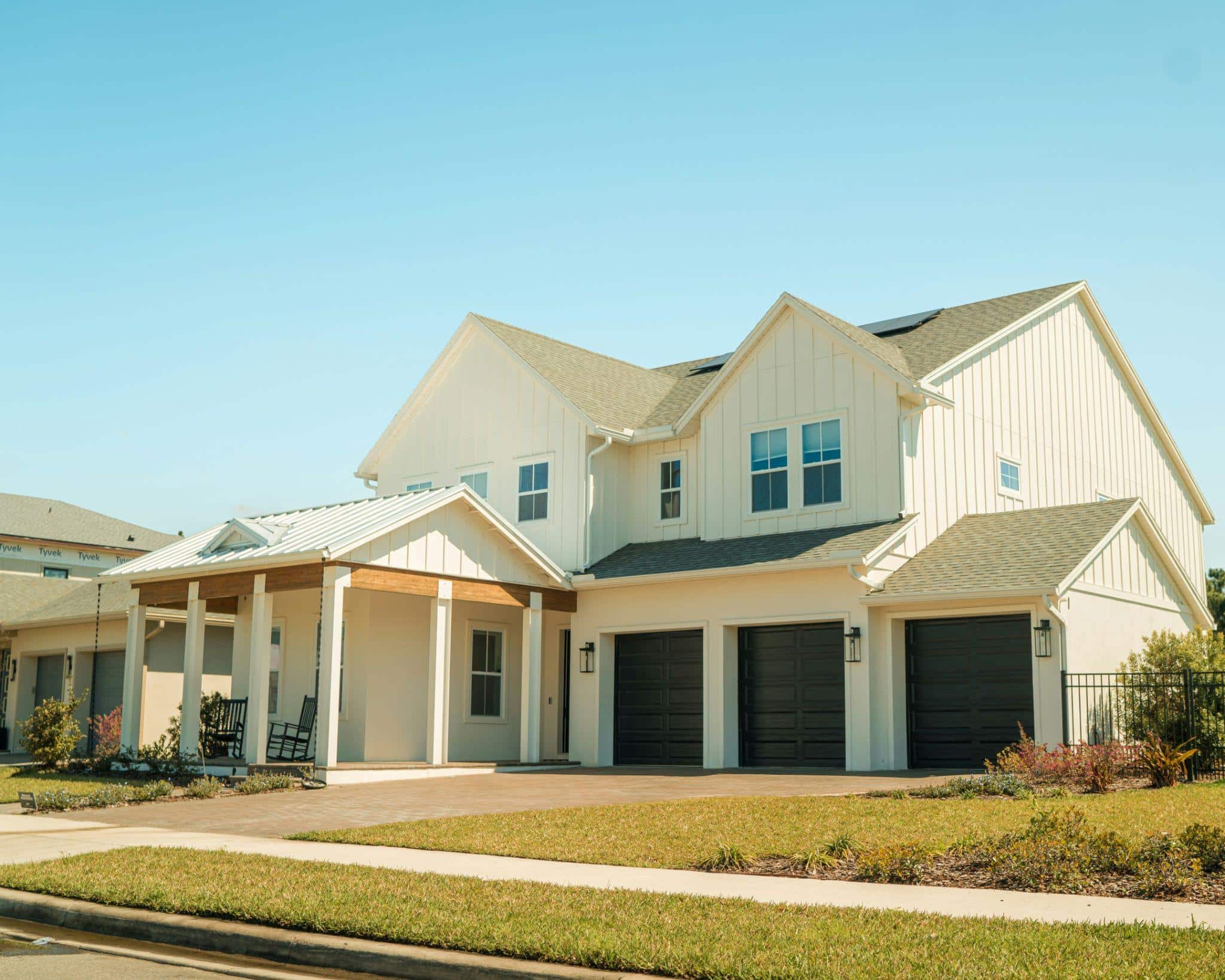Pool resurfacing is a significant investment that can extend the lifespan of your swimming pool, improve water quality, and enhance its overall appearance. However, timing plays a crucial role in ensuring the best results.
Choosing the right season for pool resurfacing can affect the durability of the new finish, the efficiency of the curing process, and even the cost of the project. In this article, we will explore the best time of year to schedule pool resurfacing, the benefits of seasonal timing, and key factors to consider before starting the project.
Why Timing Matters for Pool Resurfacing
Pool resurfacing involves removing the old finish and applying a new layer of plaster, pebble, or tile. The success of this process depends heavily on environmental conditions, including temperature, humidity, and weather stability. Scheduling the project during the optimal season ensures:
- Proper curing of the new surface
- Longer-lasting results with fewer cracks or defects
- Faster project completion with minimal weather delays
- Potential cost savings due to offseason discounts
The Best Season for Pool Resurfacing
1. Early Spring: The Ideal Time
For most regions, early spring (March to April) is the best time to schedule pool resurfacing. Here’s why:
- Mild Temperatures: Extreme heat or cold can interfere with the curing process. Spring offers moderate temperatures that allow the new surface to set correctly.
- Lower Humidity: High humidity can slow drying times, while spring’s balanced conditions help the finish cure evenly.
- Pre-Summer Preparation: Completing resurfacing in spring ensures your pool is ready for peak swimming season without interruptions.
- Contractor Availability: Since summer is the busiest season for pool services, scheduling in spring may result in faster service and better pricing.
2. Fall: Another Great Option
If you miss the spring window, early fall (September to October) is another excellent time for pool resurfacing. Benefits include:
- Stable Weather: Like spring, fall offers moderate temperatures ideal for curing.
- End-of-Season Maintenance: After a summer of heavy use, your pool may need refinishing before winter.
- Offseason Discounts: Some contractors offer lower rates as demand decreases after summer.
3. Winter: Possible but Challenging
In warmer climates (such as Florida, Arizona, or Southern California), winter may still be an option, but colder regions should avoid it. Issues with winter resurfacing include:
- Slow Curing: Cold temperatures can delay drying, leading to a weaker finish.
- Risk of Freezing: If water gets into cracks before curing, freezing can cause damage.
- Limited Contractor Availability: Many pool companies reduce operations in winter.
4. Summer: Least Recommended
While summer is peak pool season, it’s generally the worst time for resurfacing because:
- High Demand: Contractors are busiest, leading to longer wait times and higher costs.
- Extreme Heat: Rapid drying can cause cracks in the new finish.
- Swimming Disruptions: You’ll lose valuable pool time during the hottest months.
Factors to Consider When Scheduling Pool Resurfacing
Beyond seasonal timing, several other factors can influence the best time for your project:
1. Local Climate
- Hot, Dry Climates: Early morning or late fall resurfacing is best to avoid extreme heat.
- Humid Regions: Spring or fall is preferable to prevent slow curing from moisture.
- Cold Climates: Must be completed before freezing temperatures arrive.
2. Pool Usage Patterns
- If your pool is heavily used in summer, spring or fall resurfacing minimizes disruption.
- For year-round swimmers (in warm climates), offseason months may be the only viable option.
3. Contractor Availability & Pricing
- Booking in the offseason (late fall or early spring) can lead to lower costs and faster scheduling.
- Summer projects may come with premium pricing due to high demand.
4. Curing Time Requirements
- Most pool finishes require 7-10 days to fully cure before refilling.
- Avoid scheduling before heavy rain or extreme weather events.
Preparing for Pool Resurfacing
Once you’ve chosen the best time for your project, proper preparation ensures a smooth process:
- Drain the Pool: A professional should handle this to avoid structural damage.
- Inspect for Underlying Issues: Check for leaks, cracks, or plumbing problems before resurfacing.
- Choose the Right Finish: Plaster, pebble, quartz, or tile—each has different curing needs.
- Plan for Downtime: The pool will be unusable for 1-2 weeks during and after resurfacing.
Conclusion
Scheduling your pool resurfacing at the right time of year is crucial for durability, cost efficiency, and minimal disruption. Early spring and early fall are the best seasons due to mild temperatures and stable weather conditions. Avoiding peak summer months ensures better contractor availability and prevents curing issues caused by extreme heat.
If your pool is showing signs of wear—such as cracks, stains, or roughness—planning your resurfacing project during the optimal season will maximize results and extend the life of your pool. Consult with a pool resurfacing professional to determine the best schedule based on your climate and usage needs.
By choosing the right time for pool resurfacing, you’ll enjoy a smoother, longer-lasting finish and a beautiful, low-maintenance pool for years to come.








